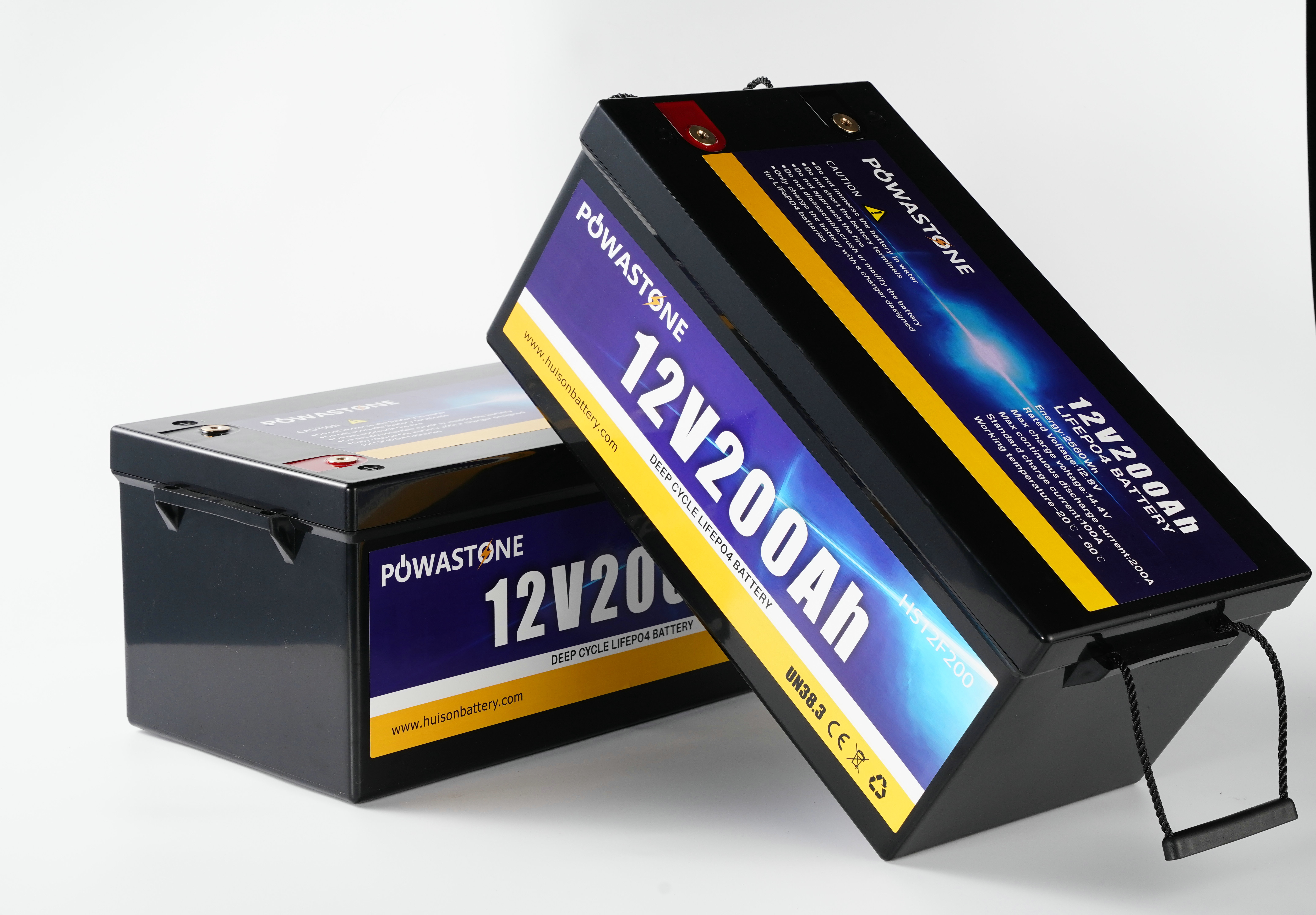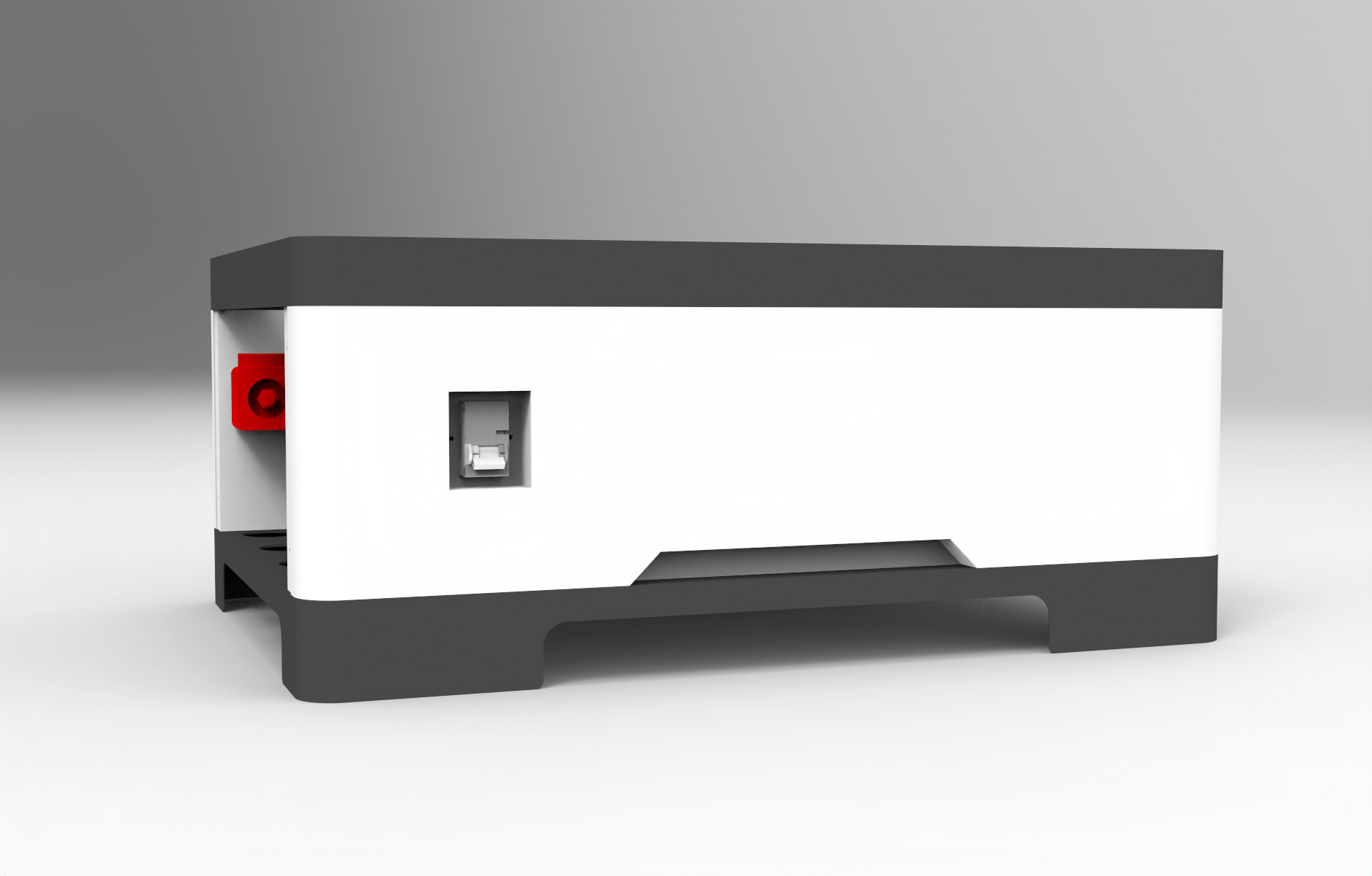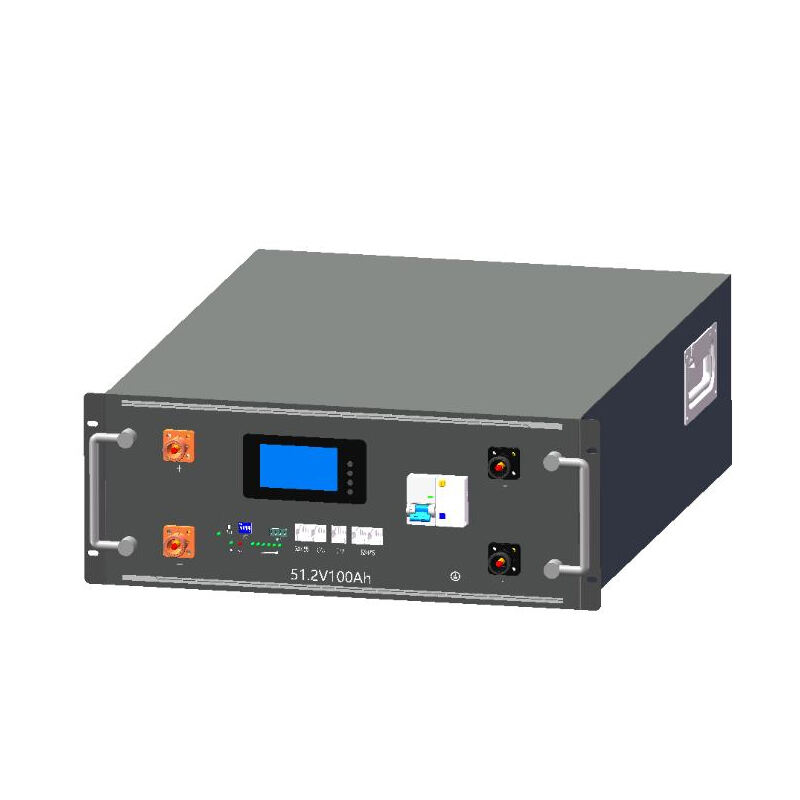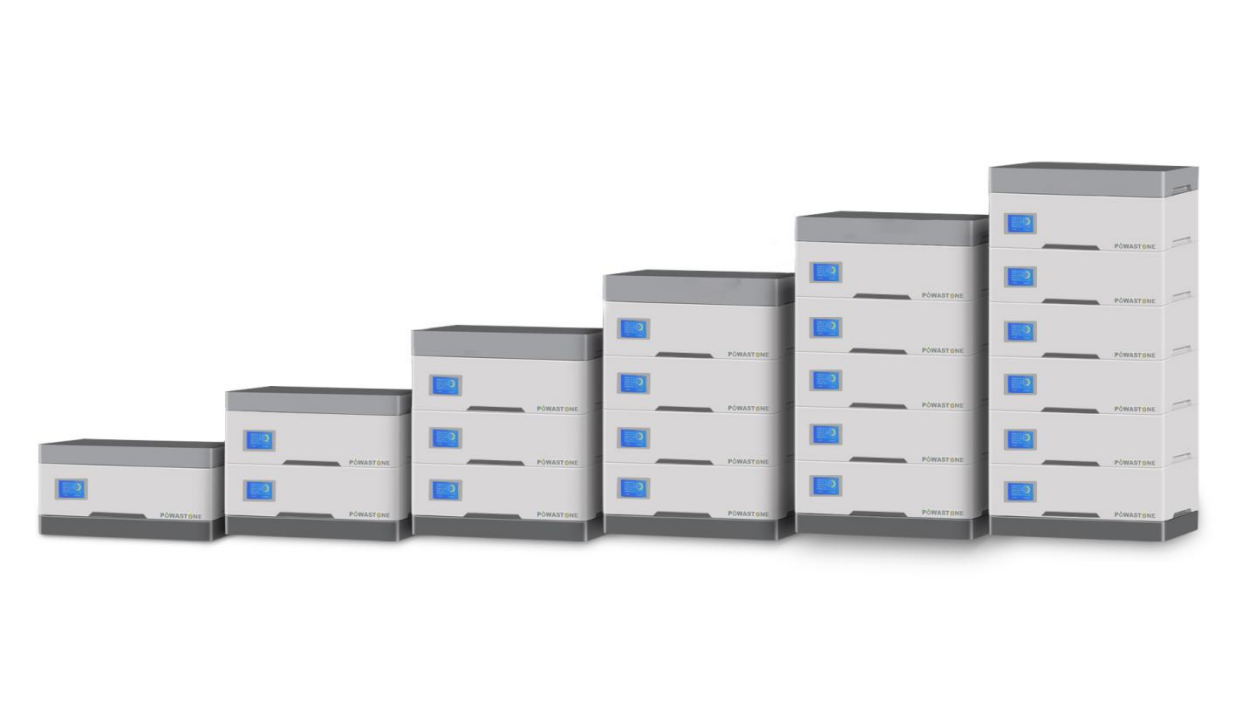Is solar energy storage battery easy to maintain?
What Is Involved in Solar Energy Storage Battery Maintenance?
Proper solar energy storage battery maintenance combines physical upkeep with system monitoring. Key tasks include cleaning corrosion-prone terminals, ensuring adequate ventilation, and maintaining manufacturer-recommended state-of-charge levels–typically 50%–80% for lithium-ion batteries.
Role of Battery Management Systems (BMS) in Simplifying Upkeep
Modern Battery Management Systems (BMS) automate up to 83% of voltage and temperature monitoring tasks. These systems prevent overcharging by adjusting charge rates in real time and issue alerts for abnormal cell behavior, significantly reducing manual oversight.
Impact of Environmental Conditions on Solar Energy Storage Battery Performance
Battery efficiency drops by 15% for every 18°F (10°C) above the optimal 59°F–77°F (15°C–25°C) range. Humidity exceeding 60% accelerates terminal oxidation, making quarterly inspections essential in coastal or tropical environments.
Lithium-Ion vs Lead-Acid: Comparing Solar Energy Storage Battery Maintenance Needs
Lithium-Ion Battery Maintenance: Minimal but Precision-Dependent
Lithium ion batteries for solar storage don't need those annoying electrolyte checks or regular terminal cleaning most folks dread, but they do need careful voltage management. When paired with good quality charge controllers, these batteries can handle anywhere from 2,000 to 5,000 charge cycles even when discharged up to 85%. That's way better than old school lead acid batteries which start falling apart fast once they go past 50% discharge. Some research coming out in 2025 showed that lithium batteries still hold around 80% of their original capacity after a decade if we just run some simple firmware updates now and then. Meanwhile, those neglected lead acid setups tend to pack it in somewhere between three and five years. Most lithium batteries come with built in BMS tech that keeps everything balanced and stops dangerous overheating situations. Still worth mentioning though, nobody wants their battery dying early because of constant deep discharges or setting the float voltage wrong.
Lead-Acid Battery Maintenance: Watering, Equalization, and Ventilation
Flooded lead-acid batteries demand monthly water refills and quarterly equalization charges to combat sulfation, requiring 15–30 minutes per session. Proper ventilation is crucial due to hydrogen gas emissions during charging–a safety requirement absent in lithium setups. AGM (absorbent glass mat) variants reduce maintenance needs but still require periodic checks.
| Lithium-Ion | Lead-Acid | |
|---|---|---|
| Annual Maintenance Time | 10 minutes | 4–8 hours |
| Typical Cycle Life | 3,000 | 800 |
| DoD Threshold | 90% | 50% |
Maintenance Frequency and Depth of Discharge Impact by Battery Type
Solar batteries made with lithium ion tech stand up better to inconsistent maintenance schedules. Studies indicate these batteries lose just around 12 percent of their capacity after going through 1000 charge cycles without any care at all, while old fashioned lead acid batteries drop down to 43 percent capacity under similar conditions. Both types though will eventually get damaged if discharged too low repeatedly, specifically below 10 percent charge level. For lead acid setups, sticking strictly to the 50 percent depth of discharge rule is pretty much mandatory along with checking voltages every month to stop stratification issues from developing. Lithium batteries offer much more breathing room here, handling depths of discharge between 80 and even 90 percent before needing attention, which means longer periods can pass between necessary maintenance tasks.
Essential Maintenance Practices for Long-Term Solar Energy Storage Battery Performance
Monitoring Battery Health with Sensors and Smart Software
When voltage sensors are built right into battery systems along with cloud connectivity, operators can keep tabs on things like charge levels, temps, and how many times cells have been cycled through. A recent report from Mohave Solar back in 2024 found that batteries with good BMS monitoring had around 30 percent fewer surprise breakdowns compared to those without any monitoring at all. The latest IoT gear takes this even further by showing exactly which cells are starting to act up. This means technicians can swap out problem cells long before the whole system starts failing. For facility managers dealing with hundreds of batteries across multiple locations, these kinds of early warnings make all the difference in maintenance planning and operational costs.
Managing Temperature Extremes in Solar Energy Storage Battery Installations
Stable ambient temperatures between 50°F–86°F (10°C–30°C) are critical. Excessive heat increases electrolyte evaporation in lead-acid models by 40%, while freezing conditions reduce lithium-ion conductivity by 60%. Use thermal blankets in cold climates and install forced-air ventilation in hot regions to maintain optimal operating conditions.
Preventing Overcharging and Over-Discharging with Proper Charge Controller Settings
Smart charge controllers adjust absorption voltages based on real-time battery feedback, cutting deep discharge events by 90%. Sunapeco Power research (2024) showed lithium-ion systems using adaptive charging retained 92% capacity after 1,500 cycles, compared to 78% in fixed-voltage configurations.
Cleaning Terminals and Connections to Prevent Corrosion
Clean terminals twice a year using a baking soda solution to remove sulfate buildup, which can increase electrical resistance by 15% annually. Apply anti-corrosion gel post-cleaning to sustain conductivity–neglected terminals contribute to 22% of premature battery replacements, according to NREL (2023).
Recognizing Warning Signs of Solar Energy Storage Battery Failure
Common Red Flags: Voltage Fluctuations and Reduced Backup Time
The first red flags usually show up when voltages swing more than plus or minus 5% from what they should be, which can point to problems with cell balance or issues in how the battery management system is calibrated. When batteries start giving less than 80% of their original backup time, there's about a 9 out of 10 chance they'll fail completely within half a year according to field observations. Heat really takes its toll too. For every 10 degrees Celsius over 25 degrees, most batteries lose around 15% of their expected life span. This finding comes from the latest Energy Storage Diagnostics Report published in 2024, which has been tracking these trends across various industries.
Physical Indicators: Swelling, Leakage, or Odors in Lithium-Ion Batteries
Lithium-ion solar energy storage batteries display visible failure signs such as:
- Case deformation: Bulging >3mm indicates potential thermal runaway
- Electrolyte leaks: White crystalline residue near terminals
- Gas odors: Sweet chemical smells suggest internal decomposition
Lead-acid batteries show different symptoms:
- Rapid water loss (>25% plate exposure)
- Corrosion spreading beyond connection points
When to Act: Responding to Early Failure Symptoms
Timely action mitigates severe outcomes:
| Response Timeline | Action | Risk Reduction |
|---|---|---|
| Within 24 hours | Isolate overheating cells (>60°C) | 67% lower fire risk |
| 3 days | Reset BMS calibration | Restores 89% voltage stability |
| 1 week | Replace swollen units | Prevents 92% capacity cascade |
Repeated low-voltage alerts are a major red flag–78% of failed batteries logged 30+ error codes in their final month. Schedule professional inspections quarterly or immediately upon detecting multiple warning signs.
Frequently Asked Questions
What is the optimal temperature range for solar batteries?
The optimal temperature range for solar energy storage batteries is between 59°F–77°F (15°C–25°C), as battery efficiency drops outside this range.
How often should lithium-ion batteries be maintained?
Lithium-ion batteries generally require minimal maintenance, such as occasional voltage checks and firmware updates, and can go long periods between maintenance tasks.
What signs indicate a solar battery is failing?
Signs include voltage fluctuations, reduced backup time, case deformation, electrolyte leaks, and odors in lithium-ion batteries, and water loss or corrosion in lead-acid batteries.
How can overcharging and over-discharging be prevented?
Using smart charge controllers that adjust based on real-time battery feedback can prevent overcharging and over-discharging.















